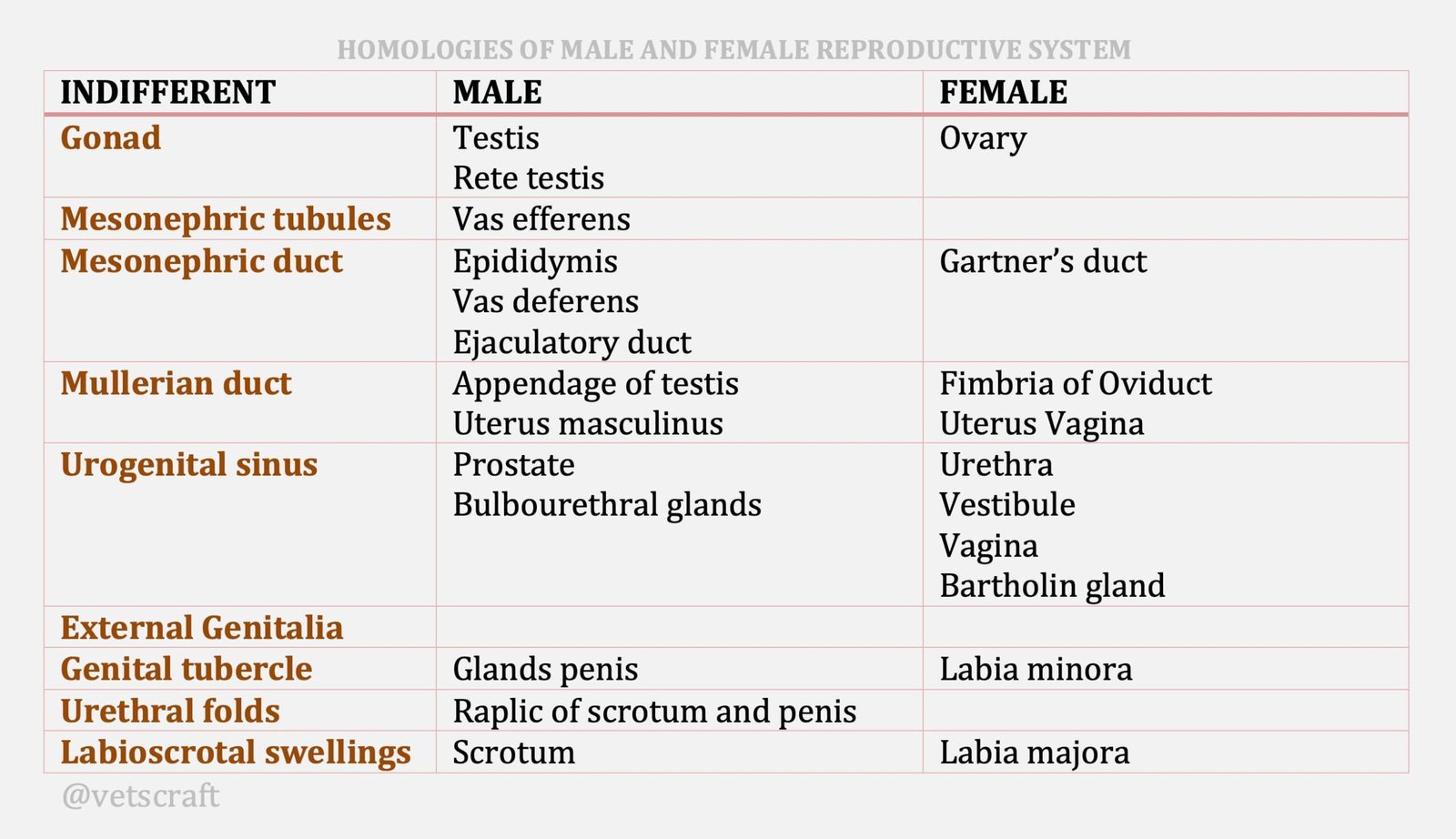TABLE OF CONTENTS
Rupture of the Vagina in Animals
Rupture of the vagina in animals refers to the tearing or laceration of the vaginal wall, which may occur during parturition, due to external trauma, or as a result of excessive straining.
Rupture of the vagina in animals is generally not considered a serious condition, particularly in cases involving simple tears of the lateral or dorsal vaginal wall.
In most instances, these small ruptures do not require suturing unless the attending veterinarian opts to do so for added precaution.
Even minor ruptures on the floor of the vagina typically heal without intervention, though some veterinarians prefer to suture them to minimize the risk of developing perivaginal abscesses, especially if complications like a retained placenta or metritis occur.
Rarely, these abscesses, which can also develop secondary to an infected perivaginal hematoma, may enlarge and rupture externally between the vulvar lips and the tuber ischii within 2 to 6 weeks or more.
Mild vaginal wounds tend to heal quickly without complications. However, more serious cases such as recto-vaginal fistulas, resulting from the rupture of the dorsal vaginal wall and ventral rectal wall, are occasionally seen — especially in mares following difficult or violent parturition.
In chronic conditions, affected animals may discharge feces and mucopurulent material through the vulva. Additionally, severe straining can lead to uterine rupture, which may result in the prolapse of intestines into the uterus, birth canal, or even through the vulva.
In extreme cases where the rupture of the vagina or cervix extends into the peritoneal cavity, this can also lead to intestinal prolapse, posing a critical risk to the animal.
Prognosis
- Much better unless the rupture extends into the peritoneal cavity.
Treatment
In fresh cases
- Should be sutured immediately.
- Exercise care that the rectal wall is tightly sutured in a transverse manner.
- Suturing of the vaginal wall is not as essential.
In delayed cases
- After 24-48 hours of occurrence, it usually is impossible to correct at that time and one must wait until the edema, swelling, granulation tissue, and wound edges have completely healed before surgical intervention is undertaken to correct the fistula.

